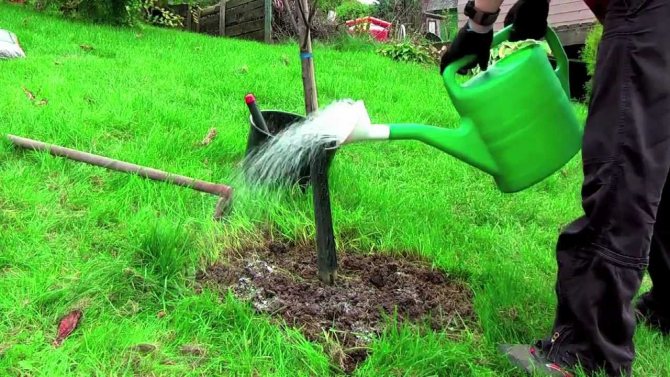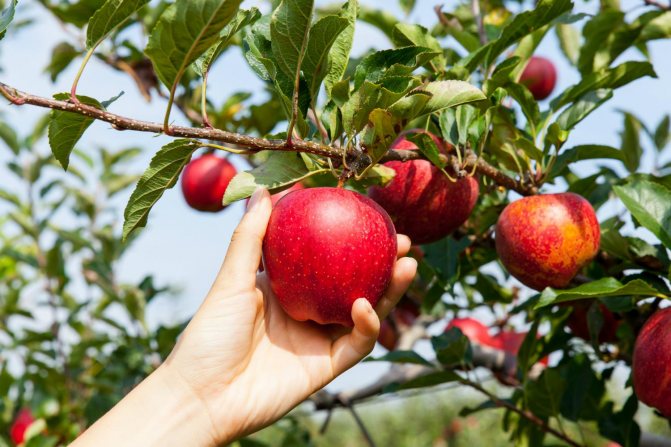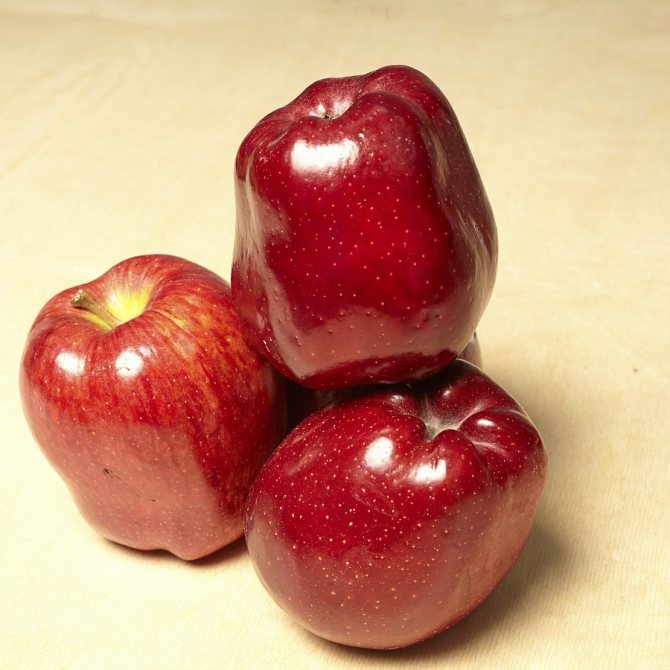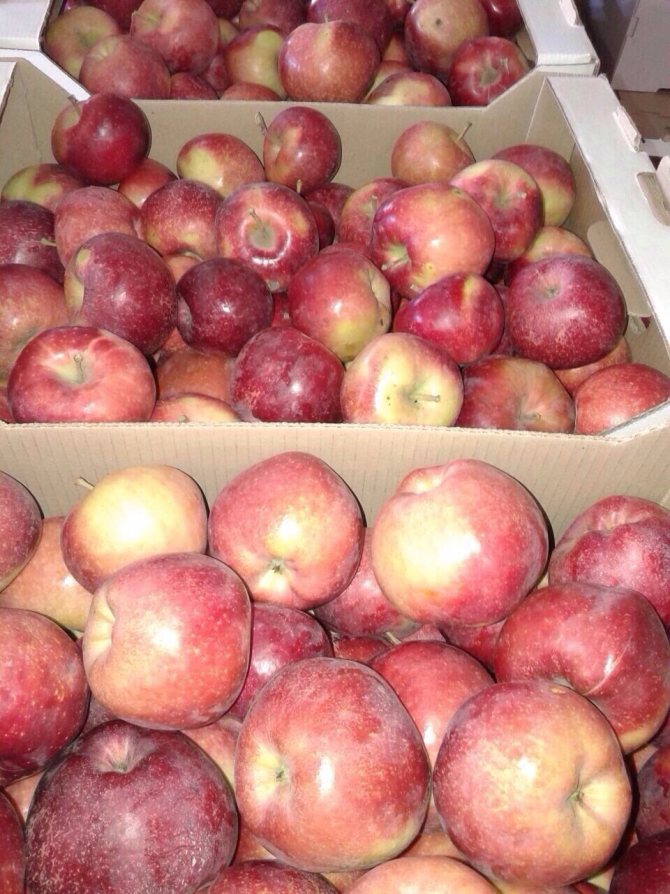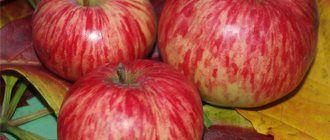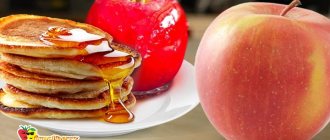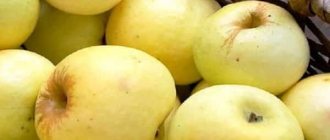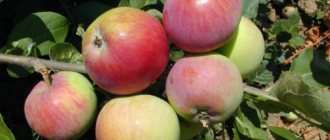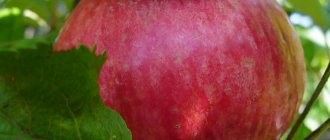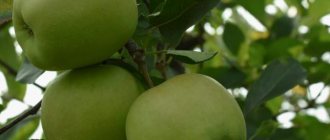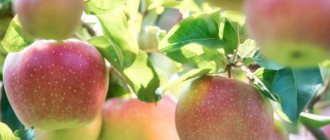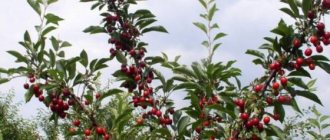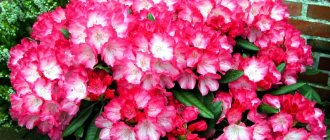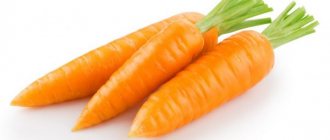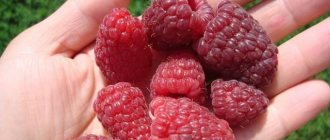The incredibly popular variety of apples, Red Delicious, appeared by accident: on a tree with green fruits, one of the shoots suddenly began to produce fruits of a rich red color. This random mutation has been evaluated by breeders and bred into a separate cultivar Red Delicious, which means "red" and "delicious" in English. A variety of apple trees was bred in America, where Red Delisios is the most widespread and demanded to this day, but in Russia these apples are loved and often grown.
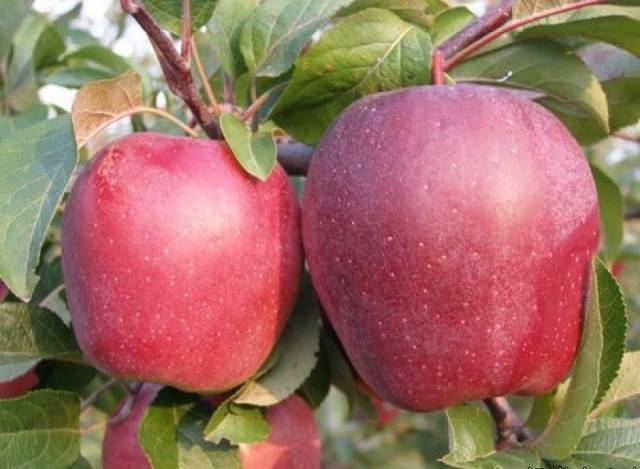
Description of the Red Delicious apple tree variety, photos and reviews about it can be found in this article. It will also tell you about all the advantages and disadvantages of American apple trees, as well as how they need to be grown in the middle lane.
Description
Apple tree Red Delicious has been known for a very long time and considered one of the oldest subspecies of the apple tree.
They began to grow it in America over 100 years ago, it is also popular in European countries and in Russia.
Throughout the entire period of existence of the Red Delicious apple variety, breeders have carried out work to improve it and develop new subspecies.
It is believed that this variety is a mutation, arising in an arbitrary way from the classic variety Delicious.
This apple tree is characterized by:
- The presence of a large number of ringlets of different ages, it is on them that the entire crop is formed and ripens.
- Escapes the tree is either straight or slightly curved, brown in color and slightly pubescent.
- Leaves medium in size, with a rounded base and an elongated top of the leaf plate. The edges are shiny and serrated.
Important! The main feature that the Delicious apple variety has, by which it can always be distinguished from other apple trees, is red petiole, which rises up the veins to the middle of the leaf.
The fruits of the Red Delicious apple tree are conical in shape, moreover, they are distinguished by their perfect appearance and more like a beautiful dummy than an edible fruit. The peel of such apples is deep red in color, rather dense and rough, which serves as additional protection against impacts and other mechanical damage.
The pulp is creamy, juicy and crunchy.
Red Delicious was used as a parent variety for breeding such apple subspecies as:
- Winter beauty
- Flame of Elbrus,
- Prikubanskoe,
- Orient, etc.
Tree height and crown width
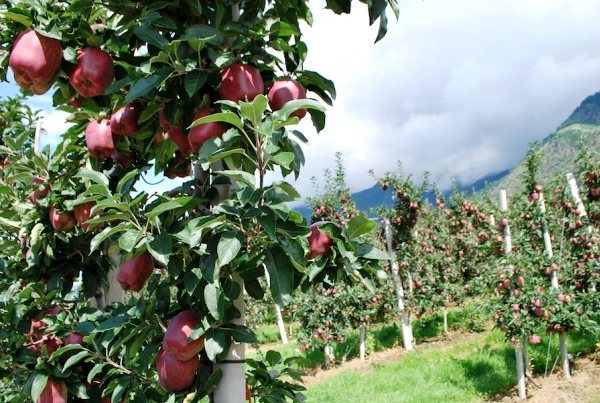

Apple orchard of young trees.
Apple tree of this variety grows to medium size, making it easy to harvest.
Young trees crown oval or pyramidal, but by the time of the first fruiting, it acquires a rounded or wide-rounded shape.
The yield of the variety directly depends on the quality of care, with the removal of due attention from one tree, you can collect up to 70 kilograms of fruits.
Tasting assessment
Many experts believe that Red Delicious apples have an exemplary taste and give them the highest possible tasting score.
Such fruits it is recommended to use fresh or as part of various salads and appetizers.
Important! In addition to their excellent taste, these fruits boast a rich chemical composition.They contain a large amount of vitamin C and P-active substances.
Winter hardiness
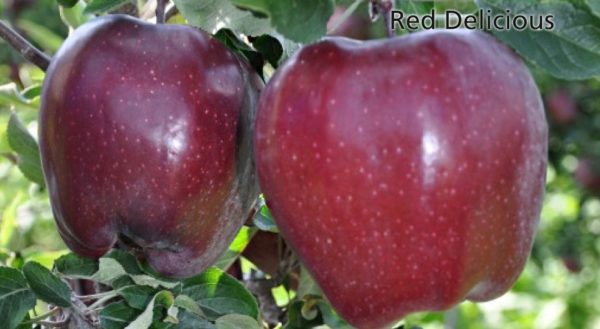

The fruits of the Red Delicious apple tree are very similar to a dummy.
This variety has enough high winter hardinessto grow it in central Russia.
Residents of the northern regions, Siberia and the Urals will have to cover the tree for the winter with the help of burlap, spruce branches and other improvised means.
Disease resistance
Apple tree Red Delicious has low stability to:
- Scab,
- Powdery mildew
- Seed chamber rot
- The vitreousness of the pulp.
During storage the fruit can develop bitter spotting and the entire crop becomes unusable.
Advantages and disadvantages
The advantages of the variety include:
- The fruits are very tasty, large and beautiful;
- Apples well tolerated transportation, they can also be stored for a fairly long period of time;
- The variety has an average winter hardiness;
- The crown of the tree independently forms the correct shape and does not need additional trimming;
- The apple tree is unpretentious in the composition and quality of the soil.
The disadvantages are:
- The variety does not adapt well to unusual weather conditions;
- The apple tree can be susceptible to many different diseases.
History of origin
In 1870, apple farmer Jesse Hiatt, who was cultivating apple trees in Iowa, discovered a young tree of an unknown variety in his garden. After an unsuccessful attempt to get rid of it, I let the tree grow, and it was right. When the time came to bear fruit, the apple tree presented the farmer with unusual fruits with red-yellow stripes and excellent taste. The farmer named the variety Hawkeye (Hawkeye) and in 1992 sent the crop to an apple competition, which was held by the Stark brothers' nursery in search of new products. Having tasted the apple, the president, and thus named the new variety by the name Delicious, which in translation from English sounds like "very tasty" or "delicious". The enterprising Starks immediately bought the rights to the novelty, and they paid off. In the beginning, as an introduction, they offered the new product for free, and then, when the fame of an incredibly stable and productive tree spread throughout America, they were able to earn $ 12 million by 1922 from the sale of seedlings. On one of these seedlings, a branch soon grew, the fruits on which ripened earlier than the others, and had a more intense dark red color. It was this mutation that laid the foundation for a new variety, which got its name from the color - Red Delicious. The appearance of the fruit of the new variety was excellent. By 1975, the apple tree yielded almost 75% of the total harvest in Washington state.
Testimonials
Stepan: I decided to grow an apple tree on my site, chose the variety for a long time and stopped at Red Delicious, having studied the description, photo. Despite the fact that this tree was brought to us from abroad, it perfectly settled down in my suburbs... Now he is already 5 years old and no problems with cultivation have arisen, the only drawback is the need for frequent watering.
Tatyana: I have been growing apples for many years, but recently I began to notice that instead of their own, natural fruits, my grandchildren are asking to buy them in a store. After that, I consulted with a neighbor, looked at the photo and description of the variety, and decided to buy a Red Delicious apple tree. With the appearance of the first apples, they were immediately eaten by all family members, the harvest leaves very quickly. And importantly, I know that my household eats natural and healthy products.
Elena: I read about the Red Delicious variety and decided to plant it in my dacha in Voronezh. Unfortunately, one tree froze out after winter, but the second grows and pleases with its delicious fruits... True, I have to shelter it for the winter, because I am afraid that it will also perish, but this is nothing compared to the rich harvest I get. I am also glad that when all the neighbors run to the store for apples, I eat my own, homemade ones.
Features of planting and care
In order for the apple tree to be healthy and please with abundant and regular fruiting, it you need to properly plant and carry out all the necessary procedures for caring for the tree.
Landing
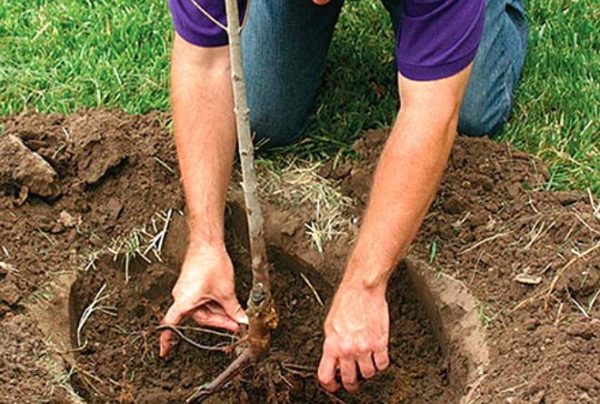

Planting an apple tree in the spring.
Timing
Planting dates for Red Delicious apple trees directly depend on the location of the garden area.
In areas with warm and temperate climates, autumn planting is recommended, which is carried out from late September to mid-October.
The main thing is that all work is completed a month before the onset of frost.
Advice! Spring planting is used in cases of growing the tree in colder areas with harsh climates.
Technology
For doing the job right for planting an apple tree, it is necessary to prepare a pit in advance and apply the following fertilizers to it:
- Humus or rotted manure;
- Wood ash;
- Superphosphate;
- Potassium.
This the mixture will make the soil more fertile and will help the plant to start growing faster.
Landing pit size on average it is 50-70 centimeters.
During work it should be borne in mind that the root collar should be 5-7 centimeters above ground level.
After the apple tree is rooted, it is abundantly watered and tamped.
Growing conditions
In order for the apple tree to grow and develop well, it must be properly looked after.
Considering that the Red Delicious variety does not tolerate drought, you need to water the tree in such a way that the ground is always moist. It is also necessary to make organic and complex mineral fertilizing annually.
Sum of active temperatures
Since the apple tree Red Delicious refers to varieties with a late ripening period, the sum of active temperatures will be 2100 degrees. Thus, for the successful cultivation of this tree, it needs at least 140 days with a temperature of at least +10 degrees.
Important! Experienced gardeners note that if there are frosts during flowering and the temperature drops below -1 degrees, all fruit ovaries will die and there will be no harvest this year.
Pruning and shaping the crown
The Red Delicious apple tree needs annual sanitary pruning, during which all dry, damaged and diseased branches will be removed.
Crown formation is the removal of shoots growing vertically or towards the trunk of the tree.
All such work should be carried out before the start of sap flow, that is, in early spring (March) or late autumn, immediately after leaf fall.
Pollinator varieties
Red Delicious needs additional pollination... For these purposes, apple varieties such as Idared and Jonathan are planted nearby.
Correct agricultural technique
Gardeners' reviews indicate that the yield indicators of the Delicious variety are highly dependent on the growing conditions for apple trees. Red winter apples will be tasty and large if all the rules for planting seedlings were followed, and subsequently the trees were properly cared for.
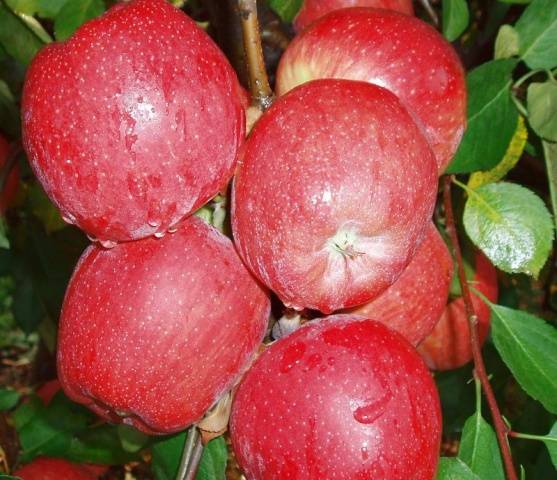

How to plant a tree
The gardener must take into account the low frost resistance of Delicious, therefore, for planting an apple tree, it is better to choose a place protected from the cold wind, located on a small hill. The variety does not like high humidity, so the groundwater should lie no closer than two meters to the surface.
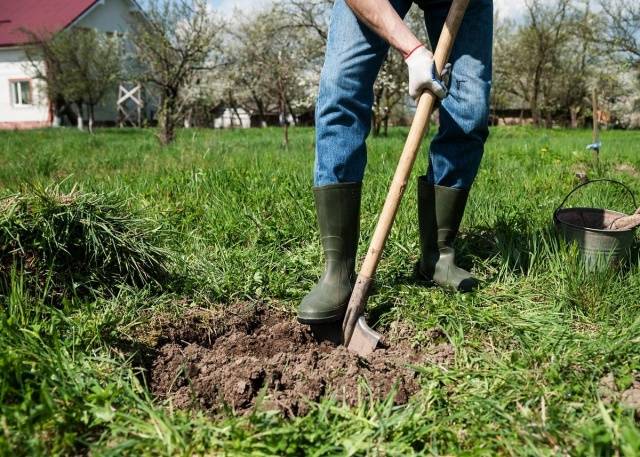

In advance, the soil in the selected area is dug onto a shovel bayonet, about five kilograms of humus or rotted cow dung are introduced, half a kilogram of wood ash and a tablespoon of nitroammofoska are added.
The planting hole should correspond to the size of the root system of the seedlings.Usually, for Red Delicious apple trees, pits are prepared with a depth of about 80 cm and a width of 70 cm. Drainage (broken brick, expanded clay, pebbles or something similar) is poured at the bottom of the pit. Then comes the nutrient layer, consisting of peat, river sand and humus.
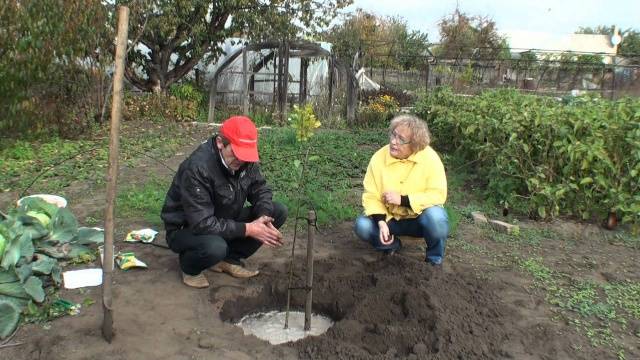

Planting a seedling is carried out as usual:
- A seedling is placed in the prepared hole.
- The roots of the apple tree are spread.
- Sprinkle the root system with dry soil.
- Slightly shake the seedling several times so that there are no voids between the roots.
- After planting, the root collar of the apple tree should be several centimeters above ground level.
- Water each seedling with two or three buckets of water.
- The soil around the apple tree is mulched with a few centimeters of peat or humus.
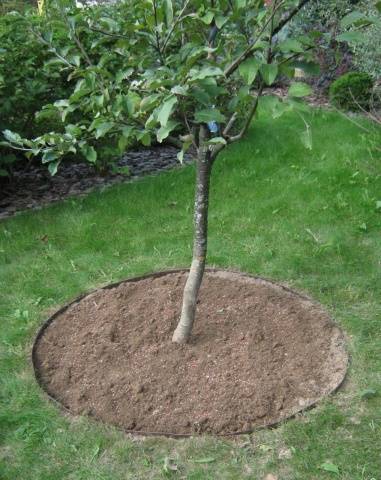

How to care for a tree
Good care is the key to an excellent harvest. All gardeners know this, therefore they do not save time and effort by giving enough attention to their orchard. You need to take care of the Red Delicious apple tree like this:
- Loosen the soil or mulch it with organic material to prevent the soil from drying out and weeds. When the tree gets stronger (3-5 years after planting), the grass or lawn around the trunk can be simply mowed.
- You need to water the Delicious apple tree 5-6 times per season, pouring 2-3 buckets of water under each tree. Watering is especially important during the dry season and in spring, when the apple tree actively grows shoots and forms ovaries.
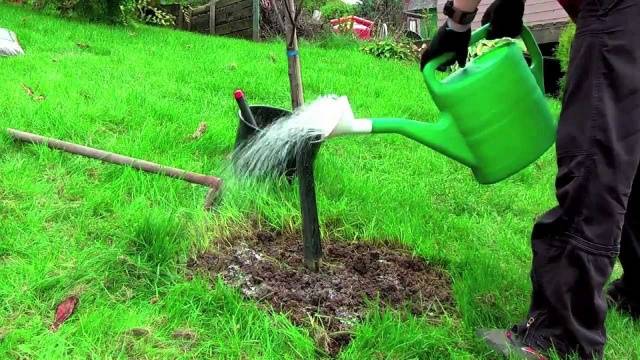

- Top dressing is very important for this variety. The apple tree needs to be fed several times a season using mineral fertilizers: in the spring - a tablespoon of nitroammophoska at the root, during the flowering period - 300 grams of ash in the trunk circle, when the fruits begin to ripen - potassium salt and superphosphate, diluted in water for irrigation. In the fall, the gardener can add organic matter.
- Apple pruning is carried out regularly. At Red Delicious, from the fourth year of life, shoots growing in depth are removed, the crown is thinned, dry and diseased branches are cut out.
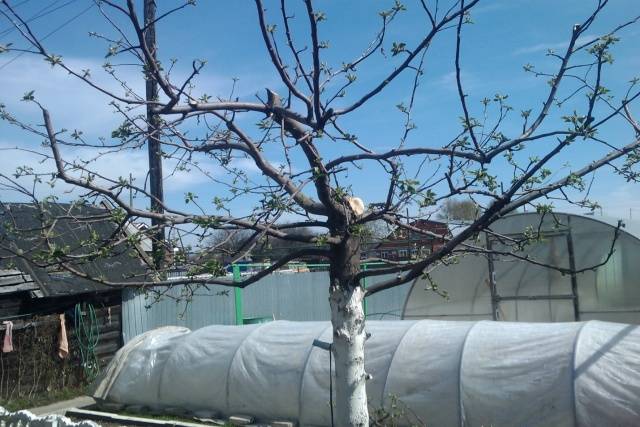

- Preventive treatment of apple trees from scab, rot and other diseases characteristic of the variety is mandatory. Spraying is necessary even before the flowering of apple trees.
- Young apple trees need to be insulated before the onset of winter. In the northern regions, it is recommended to highly graft seedlings on winter-hardy rootstocks of local varieties.
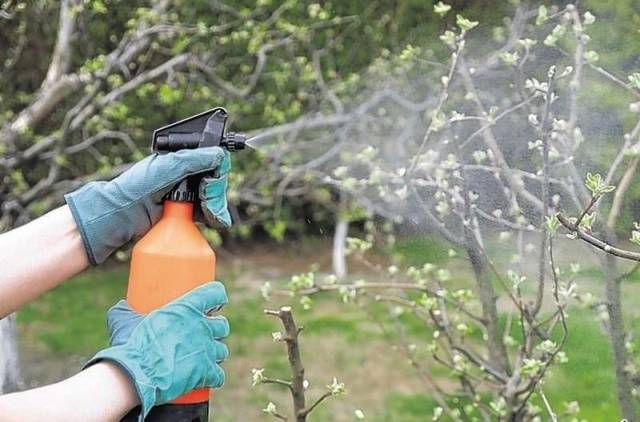

They start picking apples in mid-September. You can not rush to collect, since the fruits of Delicious are well preserved on the branches. You need to store the crop in a cool and dark place with a constant temperature and low humidity.
Features of ripening and fruiting
The flowering of the Red Delicious apple tree falls at a later date, namely, at the end of spring and early summer. The fruits ripen also late, late September - early October.
The first harvest of apples of this variety can be obtained as early as 3-4 years of the tree's life.
Collected apples can lie for several months (until April), while not losing its freshness and taste.
Also, thanks to their thick skin, they well tolerated transportation... It is for these qualities that these fruits are popular for commercial cultivation.
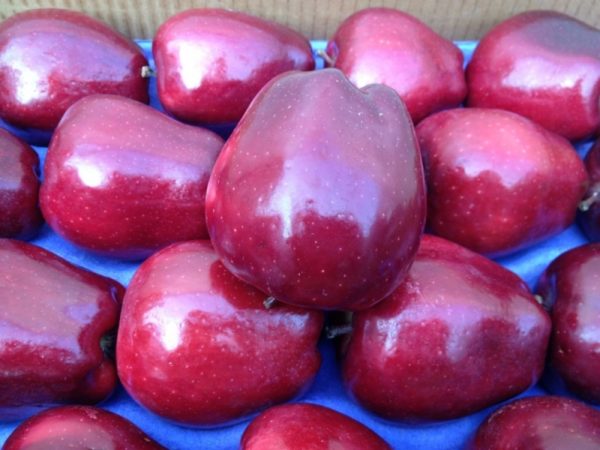

Apple tree Red Delicious.
Main characteristics
In the main characteristics of this variety, the following points should be noted:
- winter period of fruit ripening (from September to October);
- apples are characterized by a sweet and sour taste;
- fruits are of medium size and weigh about 100-300 grams; excellent winter hardiness;
- low resistance to diseases. Scab causes the maximum damage to seedlings and apples. In this case, the seed chamber has a high sensitivity to rot, and the pulp is affected by the vitreousness.
Despite the ambiguous characteristics, Red Delicious, with proper care, is capable of producing an excellent harvest.
Variety analogs
In the case when the cultivation of an apple tree on the site is not possible due to a lack of territory, columnar varieties can be planted.
They are notable for their short stature and unusual arrangement of fruits right on the tree trunk. Among the columnar apple trees, the Red Delicious variety is most similar:
- Moscow necklace,
- Constellation.
Domestic analogue The Red Delicious variety is the Zorka apple tree, which is also in demand and popular among gardeners. The fruits of this variety have a conical shape and a dense skin, the flesh is very juicy and crispy.
Unfortunately, the apple variety Red Delicious cannot be grown as a native-rooted tree... That is, its reproduction with the preservation of all varietal characteristics is possible only by grafting the scion onto the stock.
Growing in different areas
Apple tree varieties Red Delicious prefers a dry climate, warm temperatures during the day and cool at night, so this variety ideal for growing in the Moscow region and central Russia.
In these areas, the tree will feel comfortable and bring a good harvest.
When growing a tree in Siberia it is necessary to take good care of its protection from gusty winds and cold weather, for this it is covered from autumn until the weather stabilizes.
This is due to the fact that spring frosts have the most destructive power for an apple tree, rather than stable cold weather.

